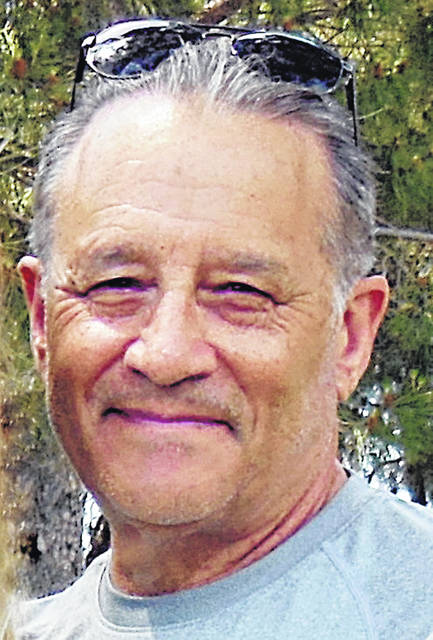
It’s been said that the pandemic has exposed abrasions and holes in the historical fabric of American life. My maternal grandfather was said to have told his adult children when being driven hither and yon in his Model-T Ford that he required a pace that would allow him to see the leaves on the trees. For many, including me, the past nine months has slowed the pace of life enough to see things that heretofore had past without due notice. The weaknesses in our public health system and the lack of adequate medical insurance for those needing it in such demanding circumstances are two examples. How quickly food insecurity evidenced itself in the midst of our country’s purported prosperity is another. Yet there is at least one more.
A recent report from the National Center for Homeless Education in North Carolina gave me pause for further study. According to this organization, 1.5 million homeless American children attend U.S. public schools (preK-12). The pandemic has made things worse. Digging deeper, the United States has among the highest rates of childhood poverty among its peer nations. Of the 37 OECD nations (high-income, market-based, and democratically committed countries) the U.S. ranks among the highest in percentage of children in poverty, 23.1 percent, and one of the lowest in level of social expenditures. These 2016 data are available at the Organization for Economic Development and Cooperation website (www.oecd.org/els/family/database.htm).
While wandering through the Sunday newspapers this past weekend I discovered that New York City recently reported that the number of homeless students in the city schools had increased 70 percent in the last decade (NYTimes: “Children in the Shadows”). That New York City is also one of the world’s great financial centers is a powerful and poignant paradox.
As for Ohio, the Cleveland Plain Dealer (Cleveland.com) reported this week that Youngstown and Canton “rank second and third worst in the country for childhood poverty at close to 57 percent in new census estimates released Thursday for cities of at least 65,000 people. Only Daytona Beach, Florida at 57.6 percent is poorer. Cleveland has the unfortunate rank of being 11th in child poverty at 46.1 percent. Ohio’s childhood poverty rate is 18.4 percent, which puts it 15th highest in the nation.
All that being said, Highland County is where we live. McKenzie Caldwell, a Times-Gazette reporter, wrote in January that 29.5 percent of children in Highland County live in poverty, according to data she culled from a report by the Census Bureau’s Five-Year American Community Survey. These data have become particularly significant during the pandemic given its downstream effects. Low-income families aren’t well equipped to deal with food insecurities, school distance-learning formulations like hybrid learning, and of course childcare is simply problematic.
One enduring and irreducible fact is that our children are the future of our country. While we must address our problems nationally, regionally and locally, America’s global childhood poverty ranking is nevertheless distressing. One commentator on this topic asked the unthinkable question: “Are we approaching the terminal stage of American exceptionalism?”
It’s not as though this country or the state of Ohio lacks the resources. It’s a question of priorities. For example, ample public transportation and readily available childcare are force multipliers when it comes to employment. Some have even suggested that any individual working full-time employment deserves a living wage, if necessary, supplemented by the state government, federal government, or a combination of the two. Those dollars would naturally find their way back into our economy and benefit all.
Thomas Paine once said that “These are the times that try men’s souls.” In many ways and on many fronts, these words seem extraordinarily applicable today. The pandemic has further exposed our national and local problems of poverty. As we make our way through these troubled times, “the leaves on the trees” have become all too apparent. But if we must begin somewhere, I would submit that a primary place to start is with our children, no matter their station in life. The enduring and irreducible fact that our children are the future of our country is fundamental. The challenge is manifest. How do we reconfigure our priorities to reduce that 29.5 percent number of Highland County children who live under the disadvantaged and limiting duress of poverty?
Bill Sims is a Hillsboro resident, an author, and runs a small farm in Berrysville with his wife. He is a former educator, executive and foundation president.


